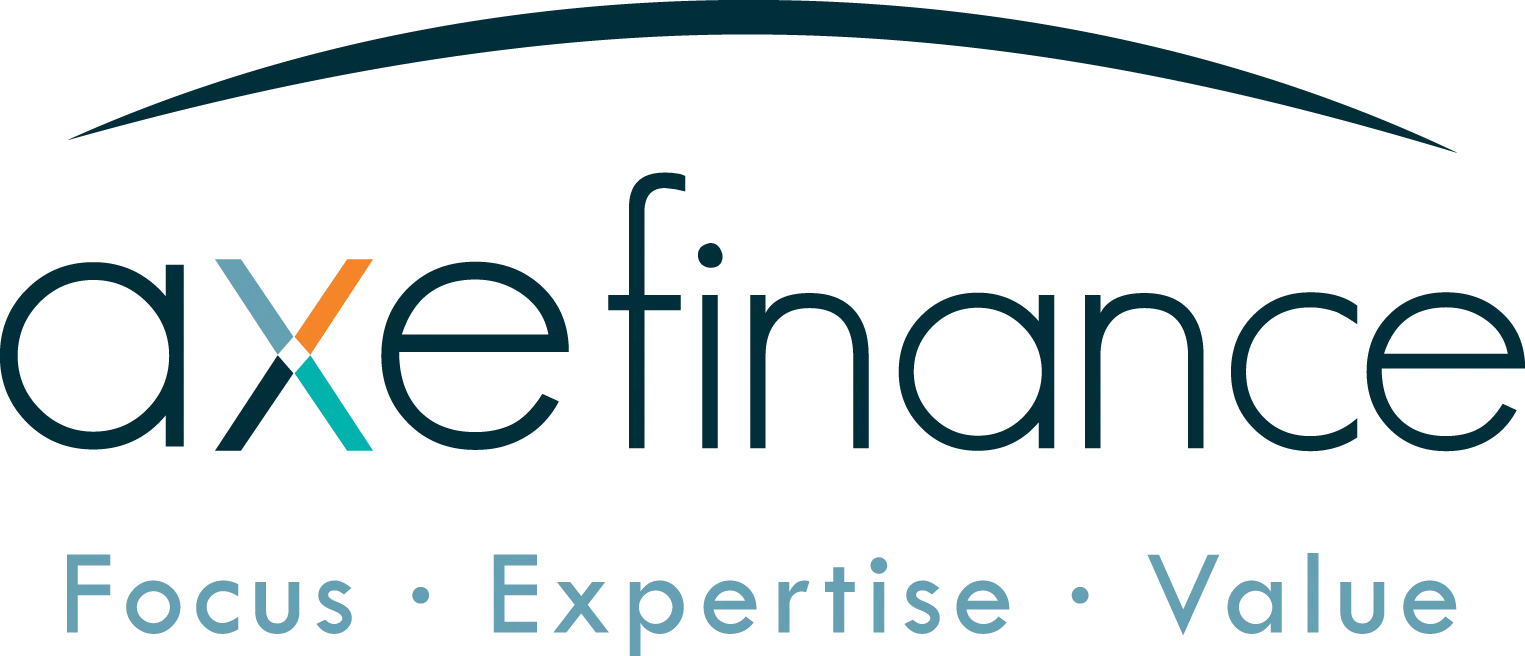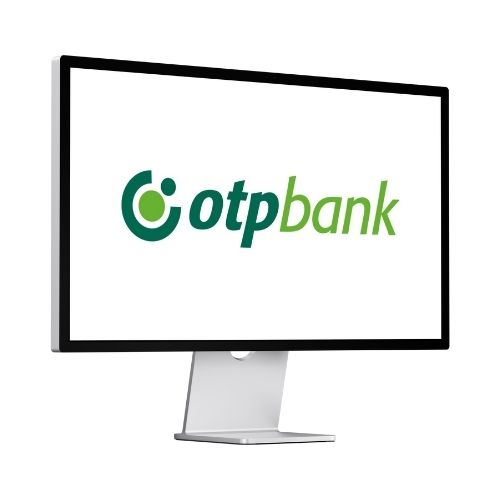Why Cashless Matters For Credit
CEE has seen rapid uptake of cashless payments over the past decade. The EU Single Euro Payments Area (SEPA) framework, the rise of instant payments, and fintech innovation have all accelerated the shift. Importantly, digital transactions create behavioural exhaust that feeds more predictive underwriting models. The shift matters not just for urban populations but also for smaller towns and cross-border workers who send remittances home. Several key signals show how digitalisation is affecting credit markets:
- Poland: card payments overtook cash in 2022; by 2024, over 65% of retail payments were electronic, with mobile wallets such as BLIK recording a 30% YoY increase.
- Romania: the number of card transactions surged by 28% YoY in 2024 according to BNR, supported by EU digitalisation funds improving infrastructure.
- Baltic states: Estonia, Latvia, and Lithuania are leaders in EU instant payments adoption, with e-banking above 90% and QR acceptance growing in retail chains.
- Regional overview: The European Central Bank’s 2024 payments report shows CEE catching up fast: digital payments grew over 20% YoY across non-euro economies, while cash usage fell to below 40% of transactions in most urban centres.
Selected Adoption Signals
- Poland: over 9 billion card transactions processed in 2024, up from 7.3 billion in 2022. BLIK, the domestic mobile payment system, processed more than 1 billion payments in a single year.
- Romania: mobile banking users reached 9 million in 2024 (up 34% YoY), supported by a nationwide programme to digitise utilities and tax payments.
- Hungary: the Central Bank reports 60% growth in instant payment usage since the 2020 launch of its real-time system, with over 60 banks connected.
- Baltics: Lithuania recorded that 73% of payments in 2024 were electronic, a figure comparable to Northern Europe.
- Regional NPL context: CEE’s average NPL ratio stood at 3.5% in 2024, lower than Africa’s 6% but still above Western Europe’s 2% benchmark.
These adoption metrics show that CEE is not a single market: eurozone members enjoy smoother integration, while non-euro economies face FX risk and more fragmented payment rails.
Credit Risk Management
Portfolio Health In Focus
Credit risk in CEE is shaped by varying levels of household leverage, banking *****, and fintech adoption. Some countries such as Czechia boast strong, conservative banking sectors with low NPLs, while others still wrestle with legacy bad loans and weak consumer protection frameworks.
- Poland: household debt-to-GDP reached ~35% in 2024, relatively low by EU standards but rising fast with mortgage expansion. Microfinance and consumer lending are also expanding, raising concerns over over-indebtedness.
- Romania: NPL ratio at ~3%, down from 21% in 2013, reflecting banking sector clean-up. However, fintech lenders and payday loan operators report higher delinquency levels.
- Bulgaria: household debt is modest (~23% of GDP), yet consumer credit is growing rapidly in Sofia and other urban areas, where instalment shopping is becoming mainstream.
- Czechia: maintains NPLs below 2%, one of the lowest in the region, but authorities warn about risks from mortgage growth and exposure to FX-linked loans.
- Regional lens: the divergence across CEE means lenders must calibrate risk appetite not just nationally but by customer segment, urban vs rural, and euro vs non-euro environments.
Underwriting In A Cashless Economy: What To Actually Change
- Expand data coverage: leverage open banking APIs mandated under PSD2/PSD3, transaction data from instant payments, and e-commerce histories. For example, Polish banks increasingly score applicants using BLIK transaction data alongside traditional bureau scores.
- Real-time affordability: adopt rolling affordability checks for gig workers (e.g., food delivery riders in Budapest) whose income is volatile. Instant income feeds can prevent over-lending.
- Channel-aware limits: in Romania and Hungary, wallets are funded by both bank accounts and cards. Understanding the mix is crucial to avoid overstating liquidity.
- Consumer vigilance: monitor BNPL stacking, especially in Poland, Hungary, and the Baltics, where BNPL ***** is rising rapidly in e-commerce.
- Collections that learn: design outreach models that nudge via mobile apps first, escalating to agents only when behavioural data signals true repayment risk.
Fraud And Operational Risk On Instant Rails
Faster payments compress the window to detect scams. Across the EU, Authorised Push Payment (APP) fraud is rising, and CEE is not immune. In 2024, regulators in Poland and the Baltics mandated stricter verification for high-risk instant transactions. APP scams often exploit vulnerable populations in rural areas who are less digitally literate.
- Integrate device fingerprinting, behavioural biometrics, and IP geolocation into origination and disbursement flows.
- Apply step-up verification for first-time cross-border beneficiaries or unusually high-value transfers.
- Work with EU-level fraud information-sharing hubs, while aligning with national AML regimes to combat mule accounts.
Lending Transformation
From Payments Exhaust To Credit Insight
CEE lenders are beginning to convert payments data into underwriting power. Payment exhaust—everything from utility bill payments to e-commerce instalments—provides a more dynamic view of borrower capacity than static income statements alone.
- Thin-file scoring: use rent payment histories, telecom bills, and marketplace turnover where bureau data is weak (e.g., young adults in Romania).
- SME working capital: acquirer data is used by banks in Poland and the Baltics to offer dynamic credit lines to SMEs. Merchants with higher card turnover get higher limits, adjusted weekly.
- Embedded credit: e-commerce platforms in Czechia and Hungary now integrate BNPL options at checkout. Lenders co-originate with marketplaces, allowing for more context-driven credit.
Governance And Stress Testing
- Run scenarios with a 20–30% shift from cash to instant payments, recalibrating PD/LGD models with new data.
- Overlay macro assumptions: in euro economies (Slovakia, Slovenia), rate hikes impact affordability differently than in non-euro (Poland, Hungary).
- Stress-test fraud shocks: model T+0 velocity on instant rails against repayment and authorisation systems.
Cross-Border Instant Payments And Remittances
Why Lenders Should Care
Remittances are critical in the region: Romania received $8.2 billion in remittances in 2023, mostly from Italy, Spain, and Germany. Bulgaria and Poland also benefit from strong inflows from workers abroad. At the same time, outflows exist as Ukrainian workers send earnings home. The EU’s push for SEPA Instant and TARGET Instant Payments will reshape affordability models and credit timelines across borders.
What To Add To Your Credit Playbook
- Cross-border affordability: factor remittance inflows into affordability checks. For Romanian households, remittances make up to 3–5% of disposable income.
- FX and settlement risk: model FX volatility for zloty, leu, and forint borrowers holding euro-linked debts.
- Fraud vectors: treat high-risk cross-border corridors as elevated-risk until sufficient behavioural data is collected. Use shared EU and regional AML databases.
Quick Checklist For Risk Leaders
- Data: integrate PSD2/PSD3 transaction feeds, instant payment data, and card scheme signals; ensure explainability for models.
- Policy: align affordability rules with EU’s upcoming Consumer Credit Directive; include BNPL stacking controls.
- Fraud: deploy EU-level fraud alerts; tighten controls on instant rails for vulnerable groups.
- Ops: shift to same-day collections triggers; implement real-time credit-line refreshes.
- Compliance: evidence policy effectiveness with audit trails for national regulators and ECB oversight.
Conclusion
The cashless shift in Central and Eastern Europe is ultimately a credit story: more data to price risk, faster rails to fund and collect, and tighter controls to manage fraud and delinquency. The tension will persist—inclusion vs over-indebtedness, speed vs exposure—but lenders who re-platform underwriting and portfolio management for an instant, data-rich world will thrive while widening access. By combining rigorous governance with pragmatic experimentation—open banking APIs, cross-border remittance modelling, real-time affordability checks, and BNPL oversight—CEE lenders can position themselves for sustainable growth in Europe’s cash-light decade.








